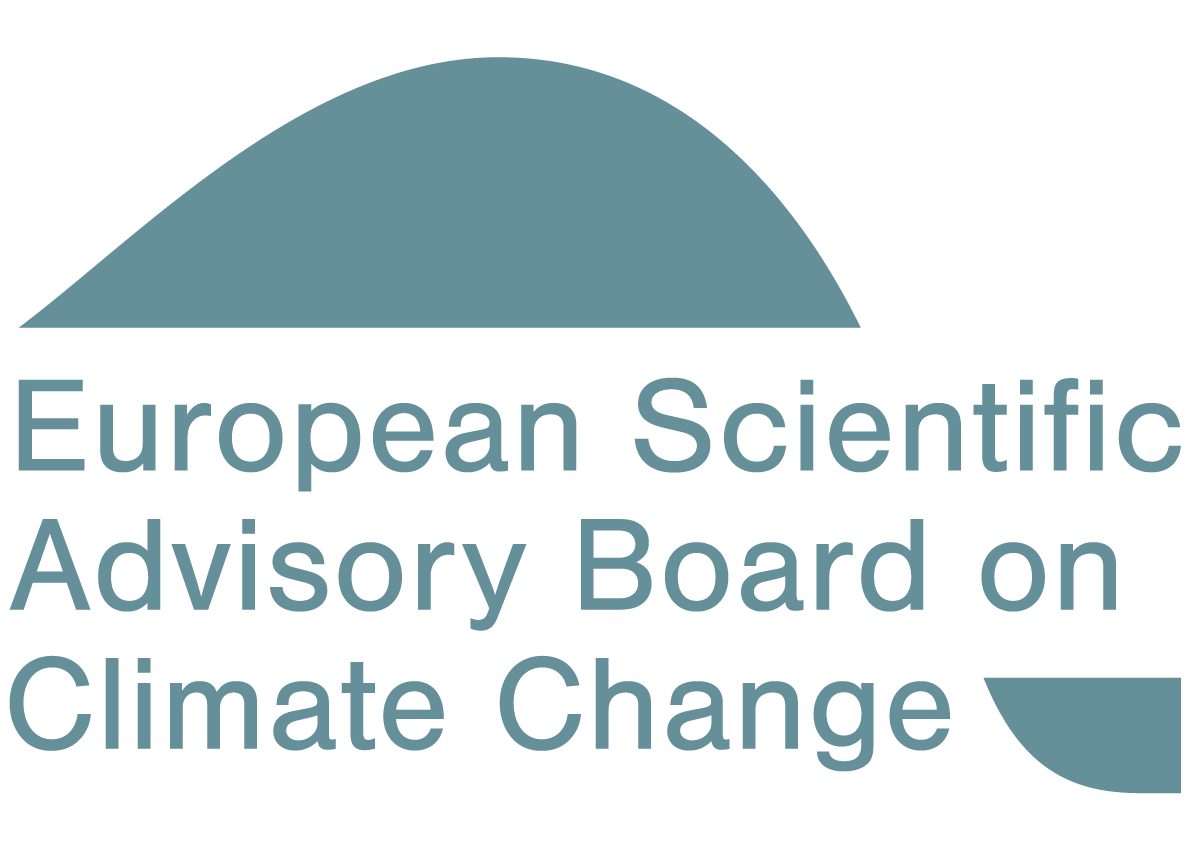All official European Union website addresses are in the europa.eu domain.
See all EU institutions and bodiesThe energy crisis that the EU has been facing since early 2022 – as well as the policy responses to that crisis – can have a significant impact on the EU’s transition towards climate neutrality.
In a new report, the European Scientific Advisory Board on Climate Change assessess different types of possible response measures and provides recommendations on how both the energy and the climate crisis can be tackled simultaneously.
National governments, local authorities and the EU have responded swiftly with a wide range of policies to cushion energy costs and ensure further supply. Since their peak in summer 2022, prices have decreased again, due to a combination of a warm winter, plentiful supply of liquefied natural gas, reduced industrial output and energy savings. However, prices are still significantly above pre-crisis levels, and with the prospect of reduced Russian energy supplies for the foreseeable future, the crisis is far from over.
With the price peaks and winter heating season almost behind us, the time is now to shift from crisis-management to a more structural approach to tackle the crisis. The energy crisis – and the policy responses to mitigate its impacts – can have a significant impact on the EU’s transition towards climate neutrality. On one hand, it provides a strong rationale to accelerate energy savings and the deployment of domestic, clean energy sources to reduce our dependence on fossil fuel imports. On the other hand, there is also a risk that efforts to secure sufficient energy supply or soften energy prices through subsidies will delay the transition or even lead to long-term emission lock-ins.
With this advice, the Advisory Board aims to support decision makers in the EU on the choices they have to make to address the effects of the current energy crisis.
Read more about the Advisory Board’s advice and accompanying letter to EU decision-makers here.
